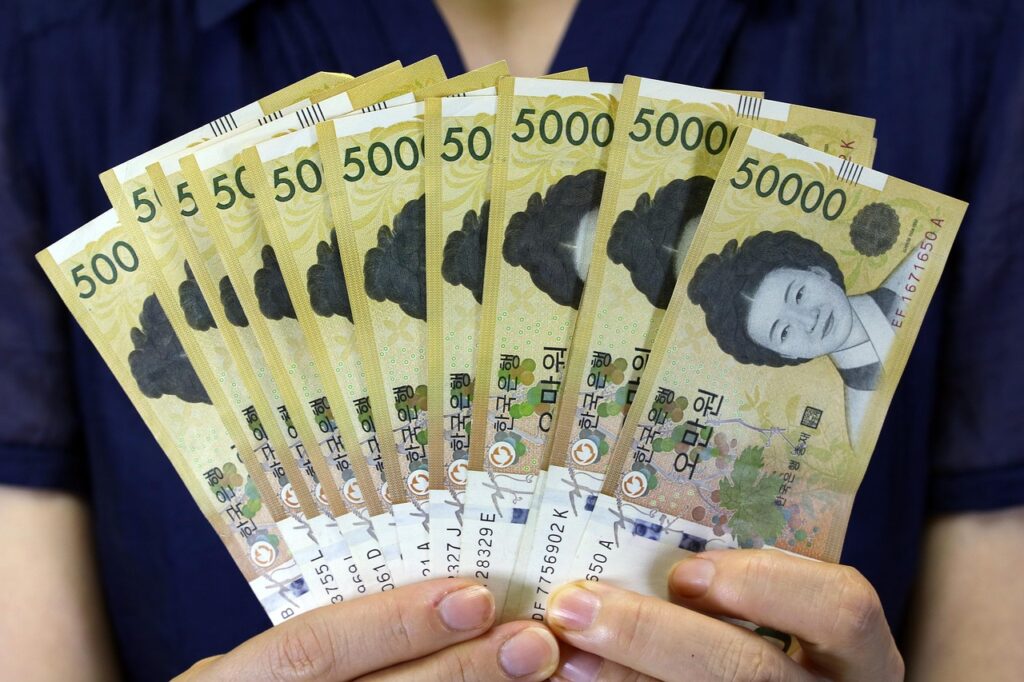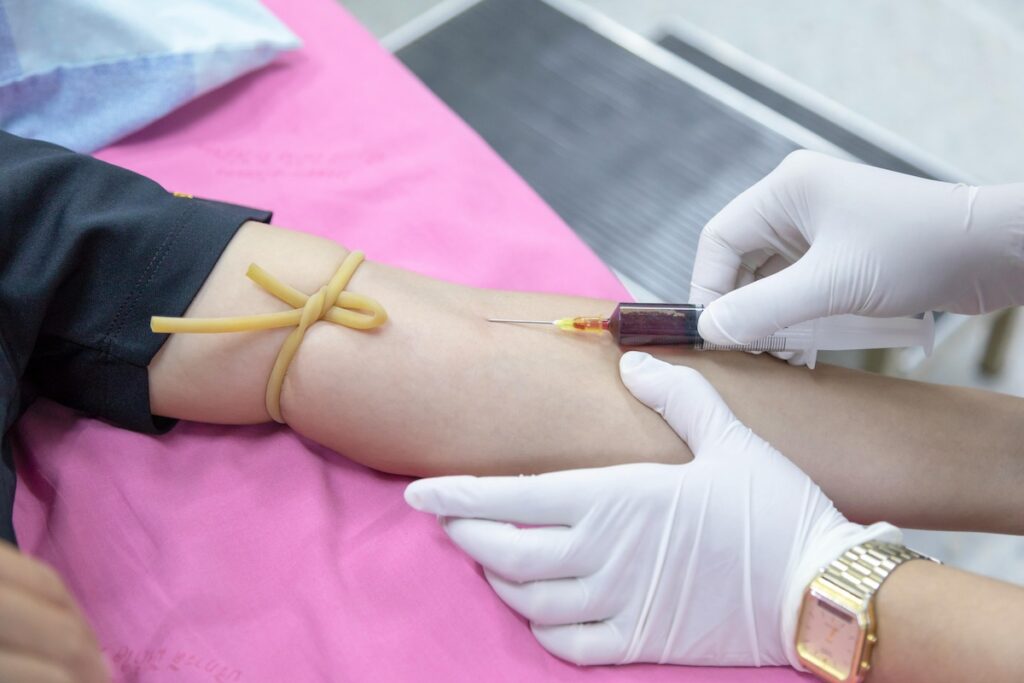🇰🇷 Introduction: Banking in Korea as a Foreigner
If you’re planning to stay in Korea for more than a few months—whether for study, work, or family—you’ll need a local bank account.
From paying rent to receiving your salary, using Korean payment apps, or even buying subway cards online, a Korean bank account makes life much easier.
But with so many choices—Kookmin (KB), Shinhan, Hana, Woori, Nonghyup, KakaoBank, and more—it can be confusing for foreigners to know which bank is best.
This guide helps you find the most foreigner-friendly banks, explains what documents you need, how to open an account, and which mobile apps provide English service.
💳 1. Overview: How Banking Works in Korea
Korean banks are highly digitalized and secure.
Most offer both offline branches and mobile banking apps that allow you to manage everything—from sending money to paying bills.
However, not all banks treat foreigners equally.
Some require long visa validity periods, while others have excellent English support and easy verification.
Here’s what you’ll generally need:
Required Documents
- Passport
- Alien Registration Card (ARC)
- Proof of Address (residence contract or utility bill)
- Korean phone number
💡 Tip: Without an ARC, most banks will only let you open a limited account (no internet banking, small balance limits).
🏦 2. Best Banks for Foreigners in 2025
① Shinhan Bank (신한은행)
Why it’s great:
- Excellent English service (app + website)
- English-speaking staff in major cities (Seoul, Busan, Incheon)
- Global desk for expats
App: “Shinhan SOL” → English UI available
Fees: Low for domestic transfers
Recommended for: Students and professionals in Seoul
② Kookmin Bank (국민은행, KB)
Why it’s great:
- Strong nationwide branch network
- Friendly to long-term foreign residents
- Online remittance available (Western Union partnership)
App: “KB Star Banking” (partial English support)
Downside: English translation in the app is limited
Recommended for: Long-term expats or families
③ Hana Bank (하나은행)
Why it’s great:
- Focused on global users (foreign remittance is easy)
- Special “Global Lounge” branches
- Good English interface
App: “Hana One Q Global” → full English version
Recommended for: Expats working in international companies
④ Woori Bank (우리은행)
Why it’s great:
- 24/7 online remittance system (Woori Global)
- Partnerships with foreign universities and embassies
- Some branches have bilingual tellers
App: “Woori WON Banking” → English + Simplified Chinese supported
Recommended for: Exchange students or visitors
⑤ KakaoBank (카카오뱅크)
Why it’s great:
- Entirely mobile-based, no paper forms
- English interface improving (as of 2025 update)
- Convenient debit card issuance
Downside: Requires Korean ID or long-term ARC
Recommended for: Tech-savvy foreigners comfortable with mobile-only service

🌍 3. English-Speaking Banking Services
Many banks now provide English hotlines or dedicated expat centers:
| Bank | English Hotline | Website |
|---|---|---|
| Shinhan | 1577-8380 | en.shinhan.com |
| Hana | 1599-1111 | globalhanaoneq.com |
| KB | 1588-9999 | kbfg.com |
| Woori | 1599-8111 | ibk.co.kr |
💡 Pro Tip: Some branches (like Itaewon, Gangnam, Hongdae, Songdo, and Pyeongtaek) have staff who speak English, Chinese, or Tagalog.
💱 4. Exchanging Money & International Transfers
If you just arrived and need Korean won (₩), you can exchange money at:
- Bank branches (with your passport)
- Major airports (Incheon, Gimpo, Busan)
- Automated currency kiosks (24/7 in Seoul stations)
For remittance abroad, most banks charge around ₩5,000–₩15,000 per transfer,
but apps like Wise (TransferWise) or Hana Easy Remit are cheaper and faster.
📱 5. Best Banking Apps in English (2025 Update)
| App | English UI | Strength |
|---|---|---|
| Hana One Q Global | ✅ Full | Clean, easy transfers |
| Shinhan SOL | ✅ Full | User-friendly for expats |
| KB Star Banking | ⚠️ Partial | Some features in Korean |
| Woori WON | ✅ Full | Best for overseas remittance |
| KakaoBank | ⚠️ Partial | Excellent for locals, limited for expats |
🍜 6. Everyday Use: Why You’ll Need a Bank Account
In Korea, you’ll use your bank account almost daily:
- Linking T-money transportation cards
- Paying utility bills online
- Auto-debit for rent
- Shopping on Coupang / Gmarket
- Receiving salary
💡 Cultural Note: Many Koreans still prefer direct bank transfers instead of credit cards for small payments.
🧾 7. Step-by-Step: How to Open a Bank Account
1️⃣ Visit the nearest branch (with ARC & passport)
2️⃣ Take a queue ticket (번호표) and wait your turn
3️⃣ Ask: “Can I open a bank account as a foreigner?”
4️⃣ Fill out simple forms (English version often available)
5️⃣ Receive your debit card instantly
⏰ Processing time: Usually 20–30 minutes
💳 Minimum deposit: ₩1,000–₩10,000
🪙 8. Banking Fees & Daily Limits
| Type | Typical Fee |
|---|---|
| Domestic Transfer | ₩500–₩1,000 |
| International Transfer | ₩5,000–₩15,000 |
| ATM Withdrawal | ₩1,000–₩2,000 |
| Card Reissuance | ₩5,000 |
💡 Tip: Use same-bank ATMs (e.g., KB → KB) to avoid extra fees.
🌆 9. Most Foreigner-Friendly Branches in Seoul
- Shinhan Global Center (Yeoksam)
- Hana Bank Itaewon Global Branch
- Woori Bank Gangnam Station
- KB Kookmin Bank Hongdae
All have bilingual staff and English-speaking counters.
🌏 10. Final Tips
- Ask for mobile app setup help before leaving the branch.
- Always keep your ARC and phone number updated.
- Don’t be afraid to request an English statement—most branches can issue one.
- For remittance, compare rates online (Wise, Hana Easy Remit, or KB Star FX).
✨ Conclusion: Banking Made Easy in Korea
Whether you’re a student, an engineer, or a digital nomad, having the right bank can make your Korean life smoother and more connected.
From Shinhan’s English app to Hana’s global service, or KB’s reliable coverage, each bank has its own strengths.
The key is to find one that fits your lifestyle—because in Korea, banking is not just about money;
it’s about convenience, connection, and confidence in a new country.

